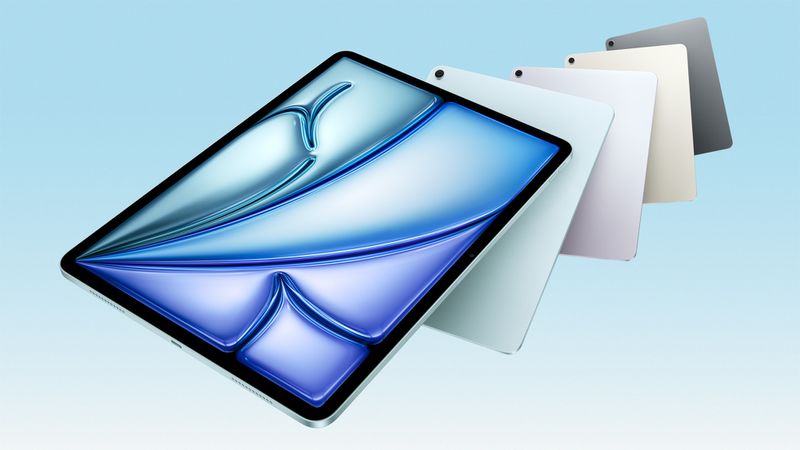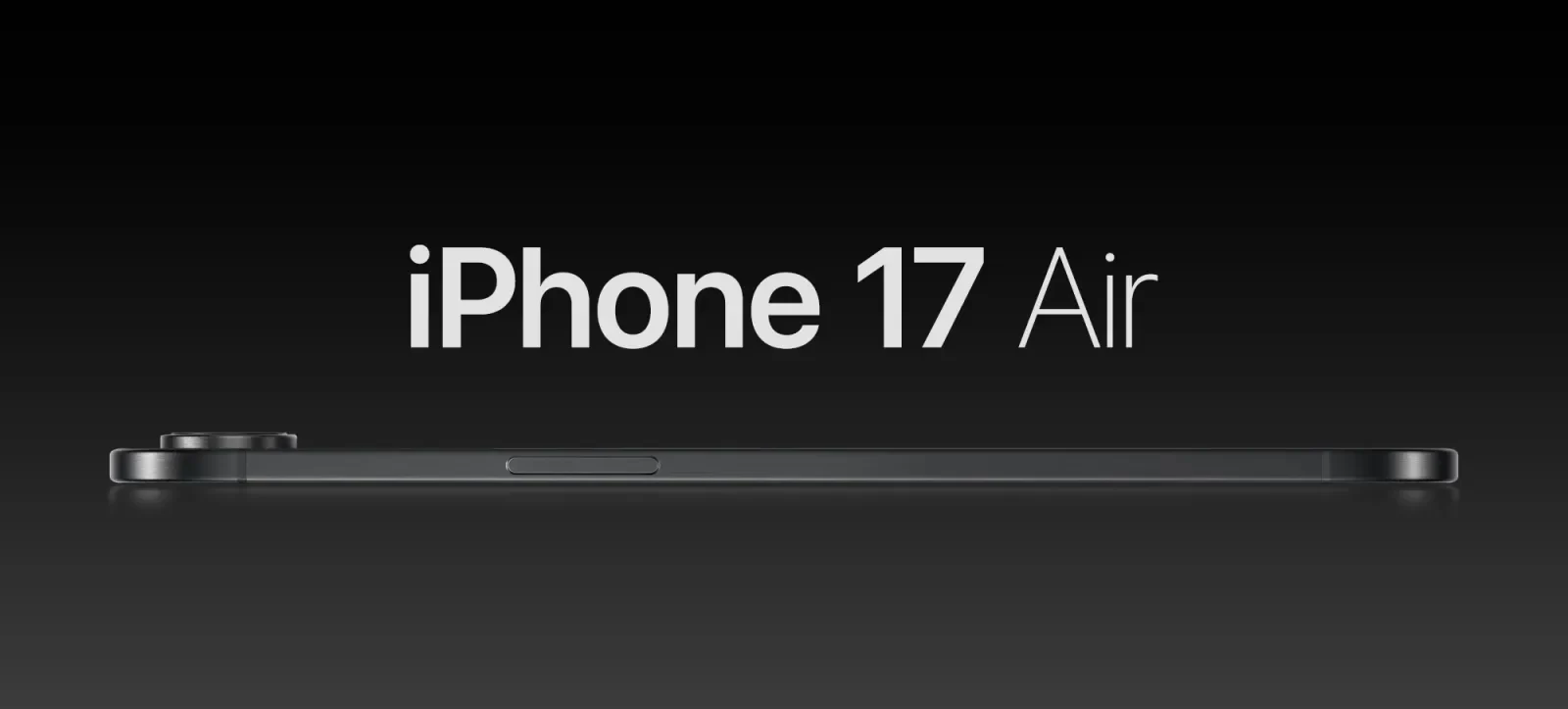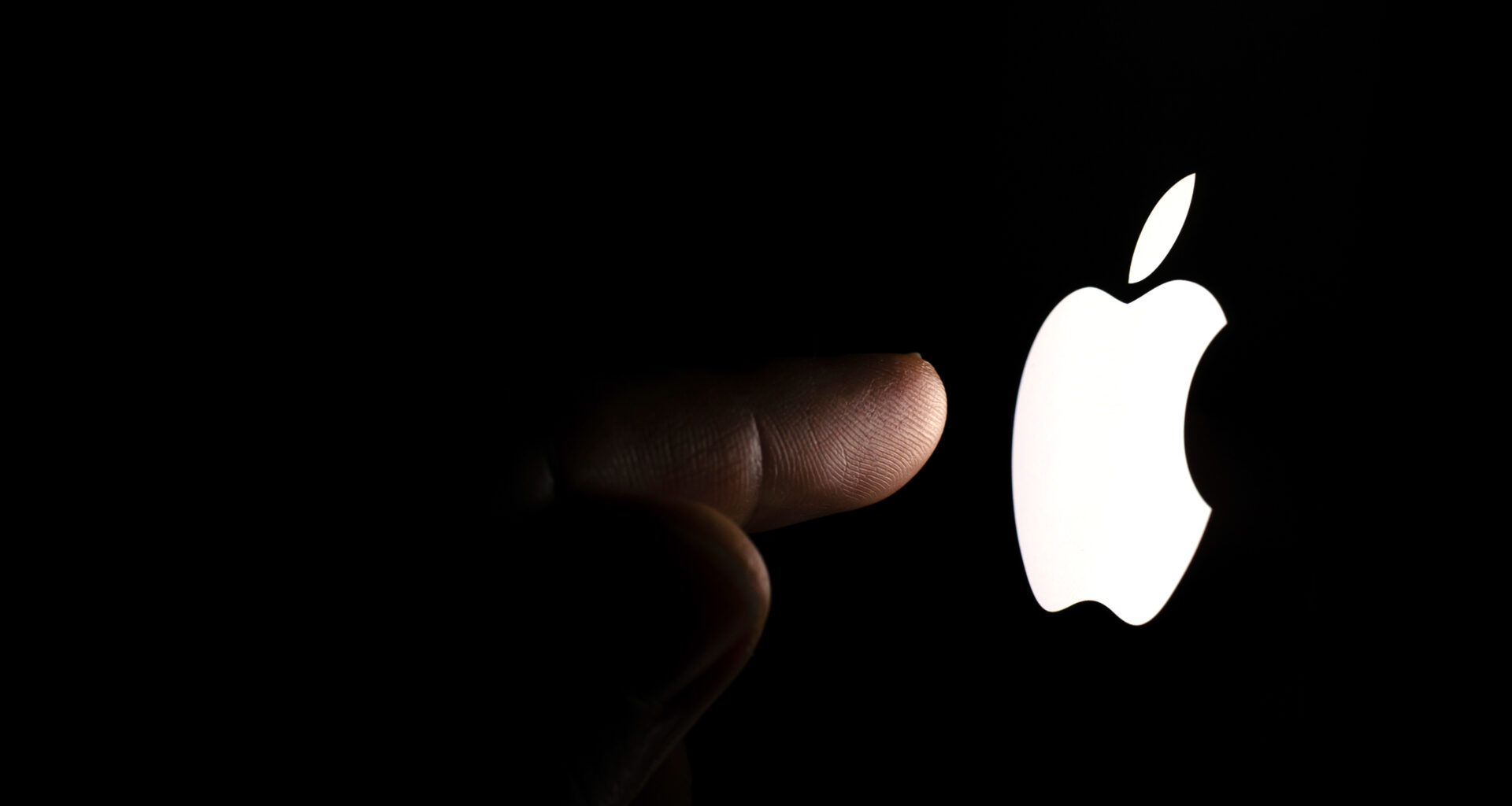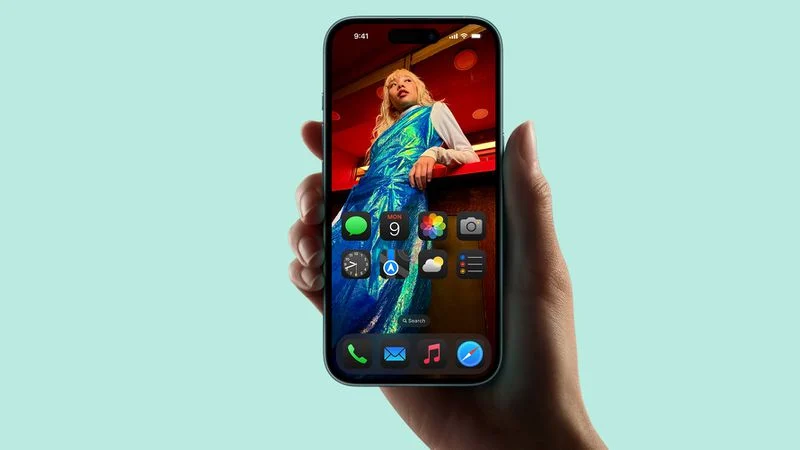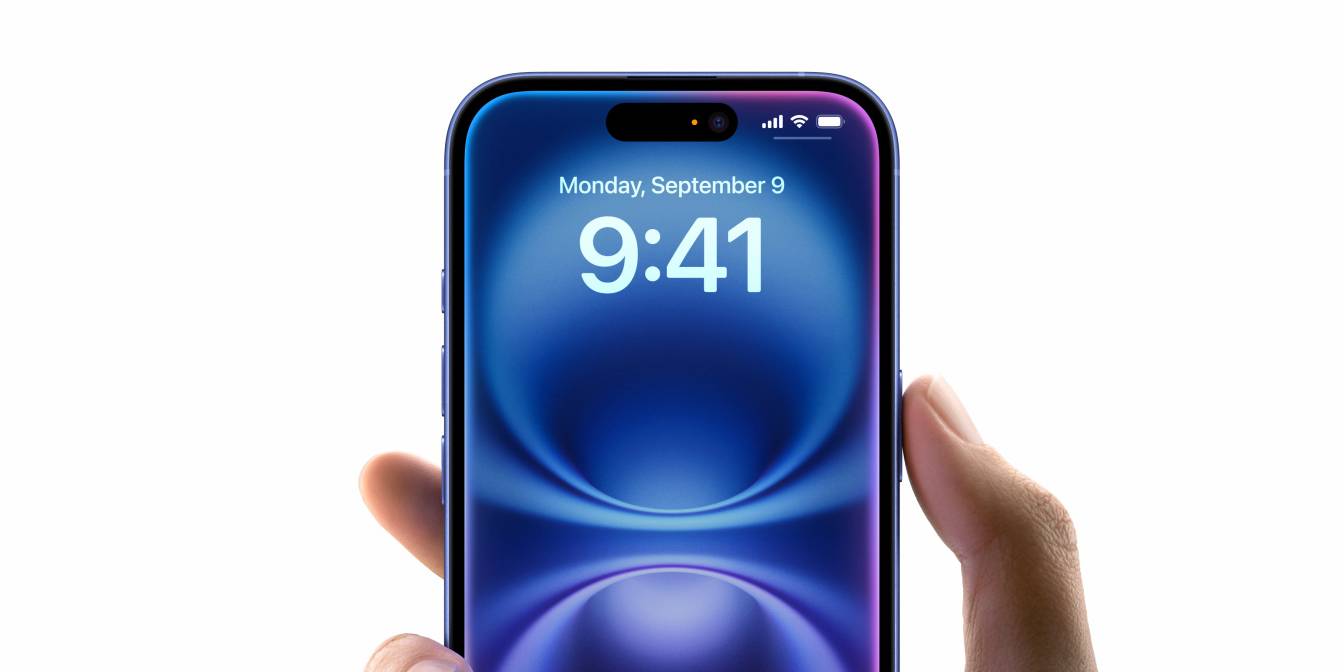Apple’s upcoming iPad Pro with the M5 chip, expected in fall 2025, promises a big upgrade. Last year, Apple surprised many by putting the M4 chip in the iPad Pro before Macs, which upset some Mac users who waited months for M4 MacBooks. This time, Apple plans to launch the M5 chip in MacBook Pros first, giving iPad Pro users a more powerful device later.
The M5 iPad Pro should keep the same starting prices—$999 for the 11-inch and $1,299 for the 13-inch—despite possible chip tariff issues. This shift back to Macs debuting new chips first feels like a return to Apple’s usual strategy, making the iPad Pro a solid upgrade choice.
Meanwhile, Google’s Gemini app for iPhone now offers handy home screen widgets. These include a square widget with four icons to open the app, use the microphone, take photos, or start Gemini Live. There’s also a rectangular widget with a search bar and options to upload files or access your gallery.
Styled like the Google Search app, these widgets make Gemini quick to use. However, some users still want a version optimized for iPads, as Android tablets already have one. The update, version 1.2025.1662203, is rolling out now, bringing iPhone users faster access to Gemini’s AI features. This combination of Apple’s M5 iPad Pro and Google’s Gemini widgets shows how both companies are improving their devices to stay competitive and user-friendly.
